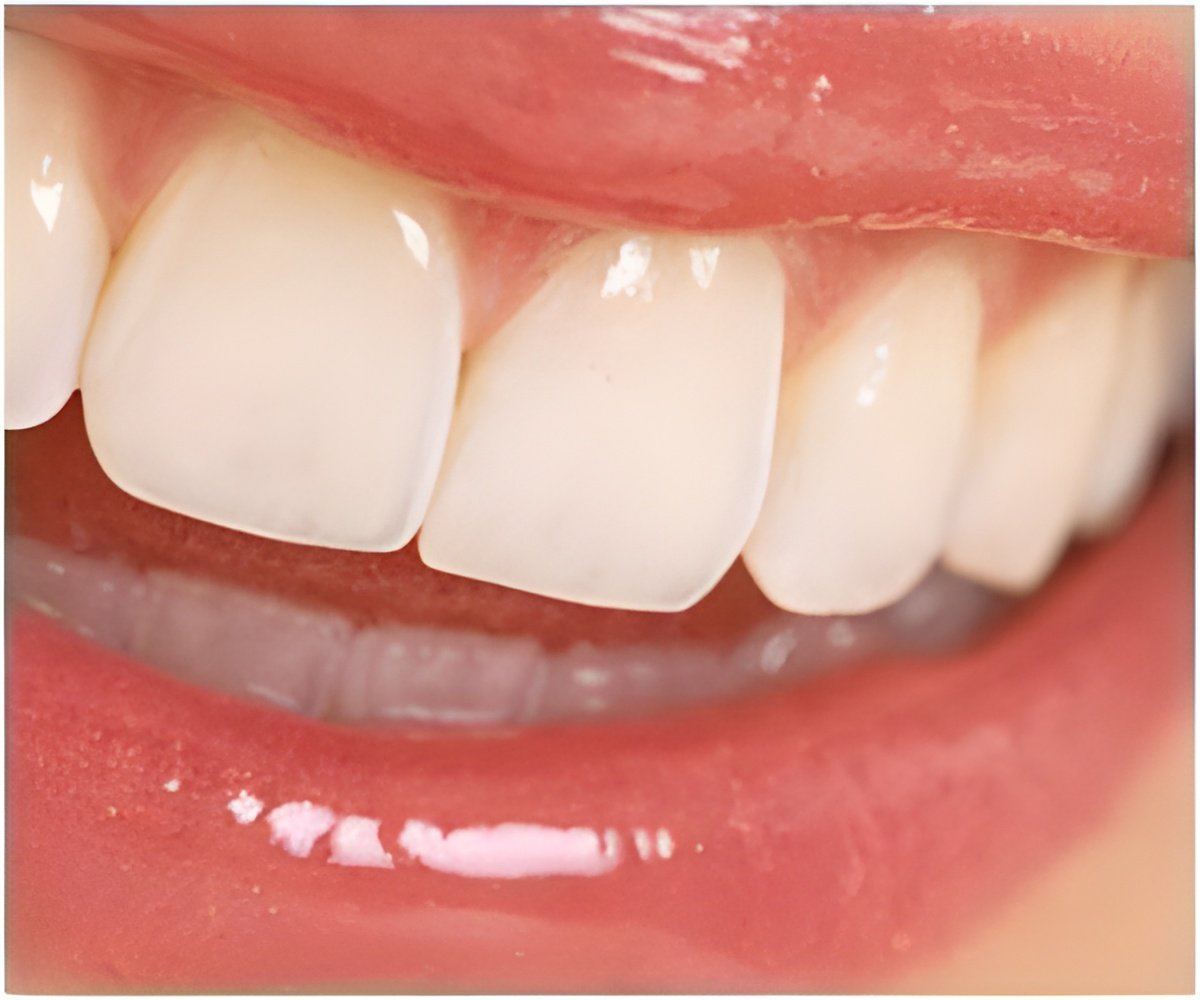A study analyzes immune proteins in tooth enamel, revealing health insights from ancient populations and their responses to stress and disease.

Immune proteins recovered in tooth enamel as a biochemical record of health in past populations: Paleoproteomic analysis of Mission Period Native Californians
Go to source). This method, detailed in the Journal of Archaeological Science, analyzes two immune proteins embedded in human tooth enamel: immunoglobulin G, an infection-fighting antibody, and C-reactive protein, which indicates inflammation in the body.
‘Immune proteins found in tooth enamel can reveal responses to illnesses that may not leave visible traces on bones, offering insights into past health conditions. #toothhealth #medindia
’





“These proteins are present in tooth enamel, and they are something we can use to study the biological and potentially the emotional health of past human populations,” said Tammy Buonasera, an assistant professor at the University of Alaska Fairbanks and lead author of the paper. “Analysis of immune proteins in enamel has not been done before and this opens the door to studying disease and health in the past in a more targeted way than we can today.Tooth Enamel Study Reveals Health Insights Across Populations
The study began when Buonasera was a research associate at the University of California, Davis. She and collaborators, including representatives from local Indigenous tribes, tested for the presence and amount of the proteins in tooth enamel from three groups of people:- Ancestral Ohlone people from a mission outpost dating to the late 1700s and early 1800s in the San Francisco Bay Area. Their skeletons were inadvertently discovered during a 2016 construction project in the area. Tribal descendants gave permission for their teeth to be used in the study.
- European settlers from the late 1800s buried at a San Francisco city cemetery.
- Modern-day military cadets who donated wisdom teeth.
European settlers from the 1800s had shorter lifespans than present-day populations but, as a group, were assumed to have experienced lower degrees of stress and disease than the Ohlone group. It was assumed that the present-day military cadets experienced better health and nutrition than both archaeological groups.
The researchers found a close correspondence between evidence for high levels of stress and disease in the Indigenous population and high levels of the two proteins in their teeth. Protein levels were much higher than those in the other two groups tested.
“We see certain individuals, especially children, with very high levels of immunoglobulins, which the body uses to battle disease, and C-reactive protein, which people produce when they are under stress,” said Jelmer Eerkens, an anthropology professor at University of California, Davis and one of the corresponding authors on the paper. “It’s heartbreaking to think about children who may have lost their parents and family to disease, were thrown into a new cultural environment they didn’t understand, and how it affected their well-being.”
Advertisement
Significance of Immune Proteins in Tooth Enamel
The first is that teeth form during different windows in a human’s development, starting in utero and continuing through late adolescence or early adulthood. That growth over time in each tooth is analogous to the rings in a tree.Second, immune proteins within tooth enamel could provide more specific information about health than scientists can get from looking at structural changes to bone or teeth. Many illnesses do not leave a visible trace on the skeleton, while proteins in teeth may record responses to illness or inflammation.
Finally, tooth enamel tends to degrade much slower than other tissues in the body. That means there’s potential to learn from the proteins in the teeth of ancient humans, providing a timeline of human wellness that stretches back thousands of years.
Beyond gaining new insight into the lives of ancient humans, the method has potential to fuel discoveries about the effects of stress, disease and lifestyle on modern humans as well, she said.
“Without trying to overstate things too much, looking at stresses and immune responses in past populations could provide points of comparison with modern lifestyles that can be especially valuable because you have that depth of time,” Buonasera said.
In addition to being the first to examine serum proteins trapped in enamel, the study is also innovative because of the accuracy the new method provides, said Glendon Parker, an adjunct associate professor at UC Davis and one of the co-authors of the paper.
“We see the approach Tammy and her team have taken to be relevant in many contexts, for this and other questions,” Parker said. “These new tools will give us further insight into the lives of past peoples. It is an exciting time for bio-anthropology as these tools become available.”
Reference:
- Immune proteins recovered in tooth enamel as a biochemical record of health in past populations: Paleoproteomic analysis of Mission Period Native Californians - (https://www.sciencedirect.com/science/article/pii/S0305440324001377?via%3Dihub)
Source-Eurekalert













